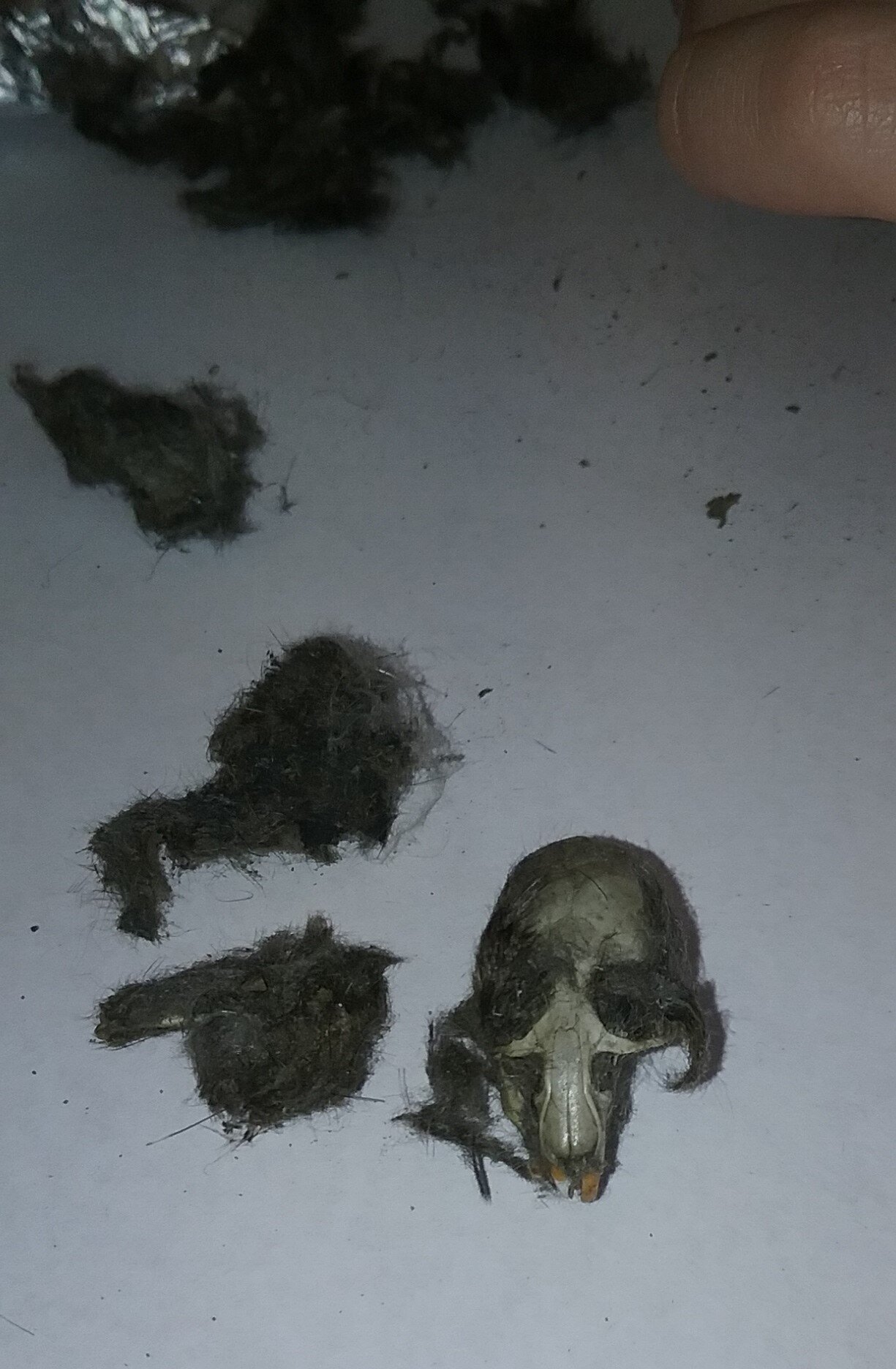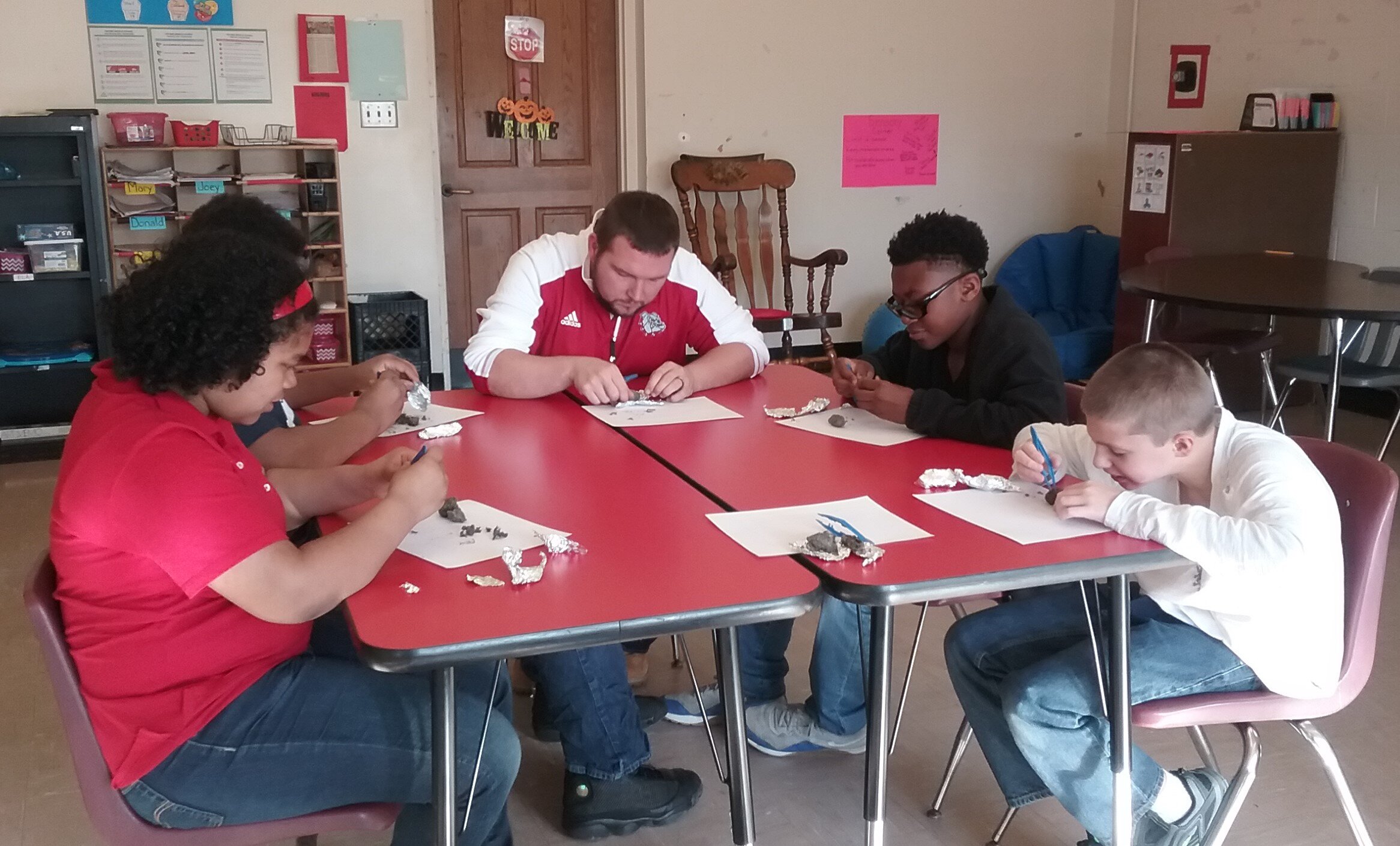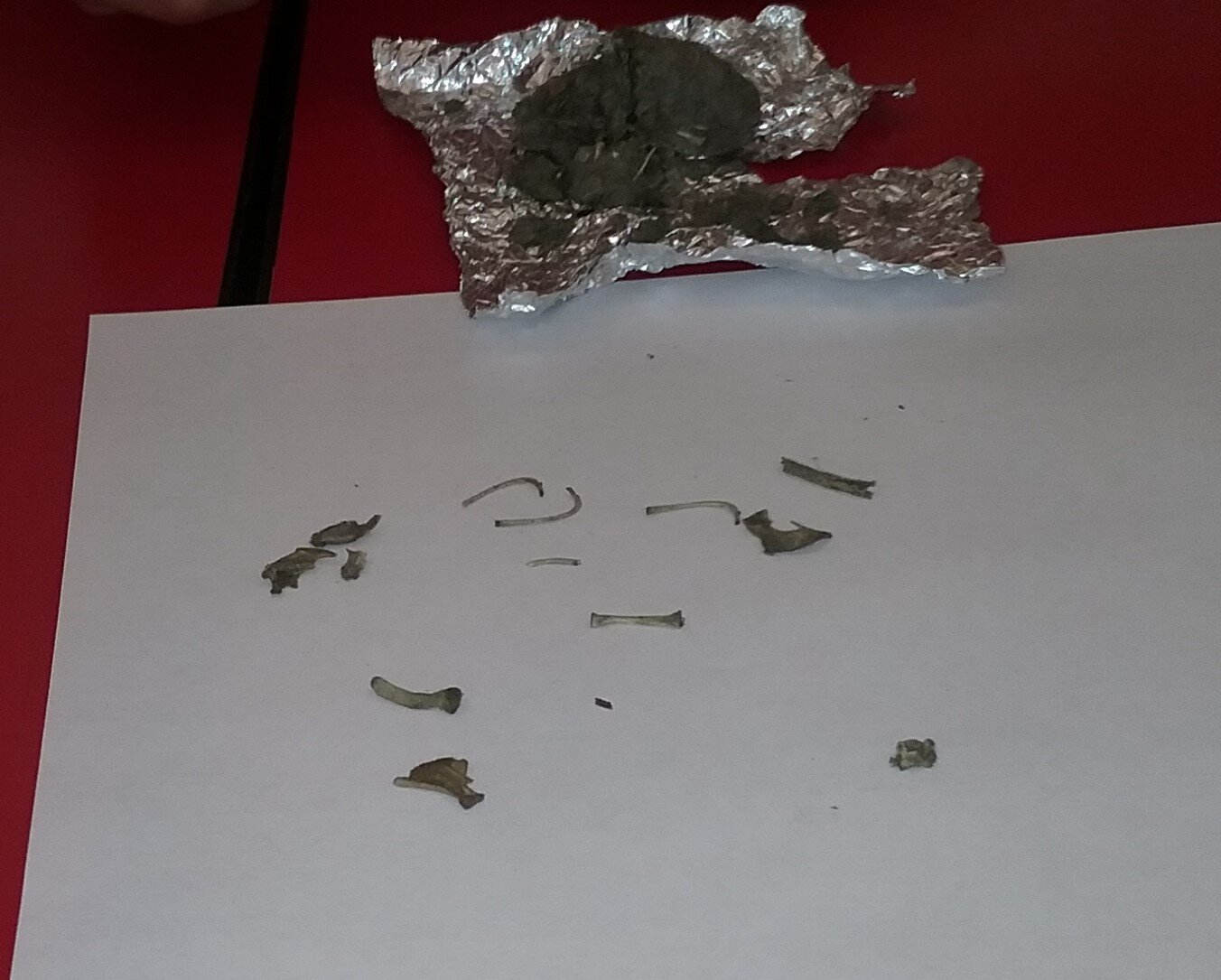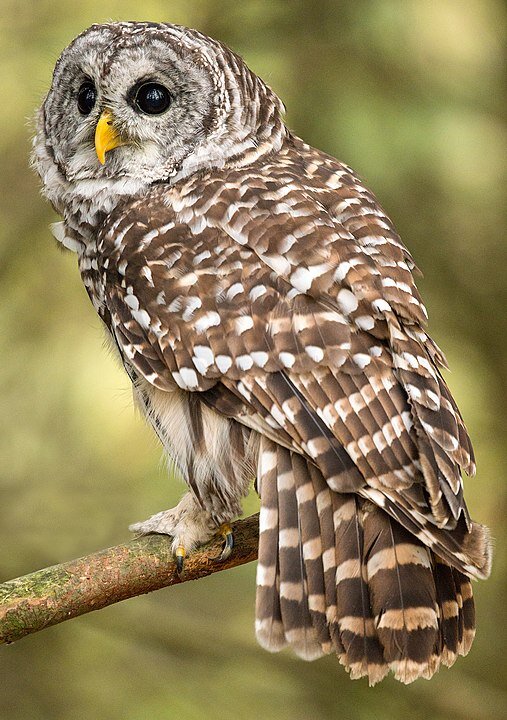Updated April 17, 2025
Owls are fascinating. Nocturnal, secretive, and fierce predators. They stimulate our imaginations and have a rich history in literature.
I cover some cool facts about owls and look more closely at the Barn, Barred, Screech, Great Horned and other owls in Kentucky and surrounding states.
Why Are Owls So Cool?
Owls have some interesting characteristics that allow them to be top of the food chain predators.
Exceptional Hearing
As a group birds hear well. However, owls have exceptional hearing.
You may be thinking – do owls even have ears? Yes, owl’s ears are hidden under their feathers. Sometimes the feathers around the ears will be tufted and may help send sound waves into the ear.
The ear is an opening called an aperture in the head.
Owls can actually hear a mouse under the snow.
Communication
Along with superb hearing, the owl has good communication. We all recognize the Hoot Hoot of an owl. However, did you know owls also make whistles, pips, and click their beaks?
Can You Tell Male from Female by Sounds?
Yes, in many owl species the male has a lower “voice”. Their pitch is lower than the females which makes them easy to differentiate when they call each other.
Superb Vision
Owls’ vision has evolved to be very specialized. Most owls are nocturnal. Owls have very large eyes (one reason we think they are wise).
Why Do Owls Have Large Eyes
Large eyes help to process more light at night. This allows them to see mice in the middle of the night when all you and I can see is darkness.
Owls have binocular vision. Their eyes face forward. They can also turn their head around 270 degrees to see something behind them.
The owl’s neck has 14 vertebrae – ours only has 7 – which gives them a greater range of motion.
A barred owl in flight after catching a mouse. Photo by Nature Photo
Feathers
Owls have the ability to fly quietly which helps them as predators. They have a fimbriate, or fringe, at the end of their primary wing feathers. These muffle the sound of the air moving over the wings.
Powerful Talons
The owl’s talons (claws on a mammal) are sharp and powerful. The owl swoops down from the sky and grabs their prey using their talons.
Each foot has four talons. Three face towards the front of the body and one faces backward.
Another interesting owl foot fact is that unlike many other birds owls have feathers on their feet. This is helpful during cold weather but more importantly, the feathers send sensory messages to the brain.
Bill
The bill or beak is quite strong. It is curved and downward-facing in order to grip and tear the prey.
Unique Digestion
Birds can’t chew their food so they gulp it. Smaller prey is swallowed whole and bigger prey torn into gulp size pieces. This means the owl swallows bones, fur, and other indigestible parts.
Some of these parts could cause problems going through the digestive system. So the owl barfs them up!
These regurgitated pellets make a fun science project. I have done them in my classrooms and for scout groups.
Kentucky Owl Species
Kentucky has four species of owls that live here year-round and two that we host during the winter breeding season.
Barn Owl. Photo by KYFW
Barn Owl
The barn owl (Tyto alba) is found all over the world and easily recognized with its beautiful heart-shaped face. Barn owls have become very adapted to human civilization and the owl you are most likely to see.
However, just because they have a broad range does not mean they have healthy populations. The population in Kentucky has dropped over the past fifty years due to habitat loss and persons using rodenticide.
In Kentucky, the barn owl is a *Kentucky Species of Greatest Conservation Need*. The Department of Fish and Wildlife asks that you report known nesting barn owls so that they can keep track of them. In 2019, seventy-seven nests were located and thirty-one roosting locations were recorded
Ohio lists the barn owl as threatened.
Yes, they live in barns, under bridges, and in church steeples. In the wild, they prefer the outside edge of the forest such as in meadows and grasslands. In Kentucky, they are more common in the central part of the state.
You can encourage nesting by building a nest box. I’ve added a how-to video below.
The barn owl is about sixteen inches tall and has a wingspan of three and a half feet. However, they only weigh around one pound.
They eat mice and voles. They are strictly nocturnal and hunt after dusk flying low over fields and meadows. They may also eat bats, small songbirds, squirrels, chipmunks, and rabbits.
They nest from March to May and lay an average of five eggs.
Barn owls don’t hoot – they shriek!
The barred owl Photo by Peter Burian
Barred Owl
Barred owls are one of the larger species. We sometimes refer to them as stripped owls. Their coloring and feather plumage is designed to provide good camouflage in forested settings.
They are a brown color with white bars or markings. They have brown eyes in a dished face.
Barred owls, known for their distinctive call of "Who cooks for you?" are extremely vocal birds. They make a variety of sounds including screams, hoots, barks, and even laughter-like calls.
The barred owl lives in mature forests often in ravines and swampy areas. They especially like forests with mature beech trees because beeches often form a hollow cavity. The owls use these for nests.
Check out my YouTube channel!
Barred Owls are largely sedentary, but in the past century, they have gradually expanded their range. The expansion is spreading west across Canada and then south into the states of the Pacific Northwest. This poses a problem for the Spotted Owl, which is endangered and a smaller species.
The barred owl hunts at night but they are often awake and vocal during the day. They are a good owl to listen for when hiking.
Unlike other owl species, the barred does not fly around looking for food. They quietly wait on a branch for food to come by underneath them on the forest floor. They eat small mammals, amphibians, and snakes.
Eastern screech owl in the red morph coloring Photo by Greg Hume
Eastern Screech Owl
Our most common owl is very small in stature. The screech owl is only eight and a half inches tall with a wingspan of twenty inches. They weigh less than one pound.
It’s easy to identify them by their small size, distinctive ear tufts, red or grey coloring. They are adaptable and live in a variety of habitats.
They can rotate their heads 270 degrees and have asymmetrical ear openings. One ear is higher than the other to help them pinpoint sound.
One fascinating aspect of this species is its color variations, known as "morphs." The two primary morphs are gray and red. Both morphs provide excellent camouflage, allowing these owls to become virtually invisible in their natural habitat.
The Eastern screech owl has a varied diet and studies have shown they eat as many as 138 different species. Other birds, snakes, frogs, lizards, and minnows. In addition, they eat invertebrates such as insects and crayfish.
The screech owl nests in natural cavities in trees (one reason not to go cutting down old trees). They also will readily use nest boxes. They typically lay four eggs around mid-March.
After incubating them for thirty days the young are born. They stay in the nest for about a month before they are ready to fly.
Another owl that doesn’t actually hoot. The screech owl makes a quavering whistle. The male has a lower voice than the female which can help distinguish them.
Great horned owl Photo by Greg Hume
Great Horned Owl
You may be startled if you see this fierce face in the woods. The great horned owl has a look of perpetual anger and is known to be a powerful predator.
They are a large bird that stands almost two feet tall and has a wingspan of 44 inches. They have prominent ear tufts resembling their namesake “horns”.
They live in open woodlots around fields and meadows. They even live in urban areas if there are open dumps or waste areas and feed on the rats. Typically, they eat wild rabbits, young groundhogs, songbirds, and even skunks.
Great horned owls nest in trees often at the junction of large limbs. They will also commander large stick nests built by hawks and herons. They lay eggs in late January.
Their heavy plumage and down feathers are able to keep their eggs warm even in the cold snowy month of February. The young are capable of flight six weeks after hatching.
The classic whoo hoo hoo hoo hooting comes from the great horned owl. As well as hooting they can also produce barking sounds, whistles, and low laughing noises.
Check out our video on the Great-horned Owl!
Check out our YouTube channel @foxruneec
Northern Saw-whet Owl – winter breeding
You may see a northern saw-whet owl in winter, either passing through or wintering over. They are more common in the upper great lakes and into Canada.
A small owl, about the size of a robin, with a brown facial disc and mottled brown-grey feathers. They often roost in conifers and can be hard to spot.
Saw-whets have an interesting behavior. When the winters are severe, they will catch excess food and cache it in trees for future eating.
Short-eared Owl- winter breeding
Another owl you may see as it passes through Kentucky is the short-eared owl. These owls are actually easy to spot because they are active during the daytime. They also will gather in groups around prime hunting areas.
A medium-sized owl, it’s about fifteen inches tall with a thirty-eight inch wingspan.
Give A Hoot – Help an Owl Out
Nest boxes are good ways to help many species. Place nest boxes in areas where the owls can easily fly in and out and have access to food supplies.
Barn, screech, and barred use nest boxes. Make sure the size and location of the box match the species.
Check out a Screech Owl Nest box here
Protect smaller owl species by installing a chimney cap to protect them from nesting in your chimney
Don’t use rodenticide!! By killing rodents with poison, you are also killing owls.
Don’t play recorded owl sounds. They actually can stress out resident owls and cause them to leave the area.
Don’t cut down older large trees. They are home to many species including animals.
Protect birds from your windows by putting adhesive strips on your windows.
If you are in a rural area, leave sections of fields rough or unmowed. This encourages field mice, voles, and rabbits which are prey sources for owls.
Check out this video of step by step plans to build a nest for barn owls
How to Spot Owls in the Wild
It can be difficult to spot an owl in the wild. Their camouflaged bodies blend in well with the forest and they fly so quietly. However, there are some tricks to help you see an owl in the wild.
Look for trees that certain owls like such as barred owls and beech
Look for large stick nests between tree limbs for great horned owls
Listen for upset grey squirrels or other smaller birds such as crows. They often create a ruckus when spotting an owl.
Look at the ground around favored trees such as pines, spruce, sycamore, and beeches for owl pellets.
Look for white excrement stains on trees.
Owls in Rehabilitation
Here at Fox Run EEC, we are not licensed for birds. However, we occasionally take in birds of prey that are then transported to a bird facility in Cincinnati or Louisville.
I can tell you that owl babies are mean! Their courage and fortitude have greatly impressed me. These two cuties were orphaned and were with us a day until they received transportation to a licensed bird rehabber.
If you find an injured owl or babies you believe are orphaned call a licensed bird rehabilitator. You can use the Animal Help Now app to locate someone in your area anywhere in the USA.
Check out our YouTube channel @foxruneec
Fledglings
Remember that all bird species have a perilous fledgling time period. This is when the young birds have gotten their adult feathers but still lack the muscle strength to become good flyers.
You may see them hopping on the ground. Keep domestic pets away and don’t handle the young birds.
Read our article What to Do if I Find a Baby Bird?
Check out my children’s science and nature books!
Owl Mythology
We have had a love affair with owls for many millenniums. History is filled with the lore of owls. Cultures have viewed owls differently.
Good luck, bad luck, wisdom, foolishness, doom, and good fortune. The owl represents contradictions! They are associated with witchcraft and speculation.
Athene the Greek goddess of wisdom was accompanied by an owl. The owl came to represent wisdom, knowledge, and an inner light that offered protection.
A genus of owls is named for her. Her Little owl is known as Athene noctua.
In Ancient Rome the owl predicted many deaths including Julius Caesar according to Shakespeare’s quote.
“…yesterday, the bird of night did sit, Even at noonday, upon the market place, Hooting and shrieking”
English poet William Wordsworth referred to the owl as the “bird of doom”. Alcoholism in early England was treated by eating raw owl eggs.
One fun tradition comes from Transylvania where farmers would walk fields naked in a belief that it would frighten the owls.
Native Americans had a diverse view of owls.
In the Apache tribe dreaming of owls symbolized death.
The burrowing owl was seen as a protective spirit in the Dakota Hidatsa band while the Hopi saw them as the god of the dead.
My people, the Cree, believe Boreal owl calls were a summons from the spirits. An answer was required or death was in the future.
Tlingit warriors rushed into battle hooting to strike fear in their enemies and give themselves courage.
In the Menominee creation story, night and day are divided by a contest between a rabbit and an owl.
In modern fiction, owls play a prominent role in the Harry Potters world. I’m sure there were many of us reduced to tears when the magnificent Hedwig is killed.
Author, Ame Vanorio, is the director of Fox Run Environmental Education Center and loves walking in her woods and communing with owls. She writes books on organic gardening and wildlife conservation.









